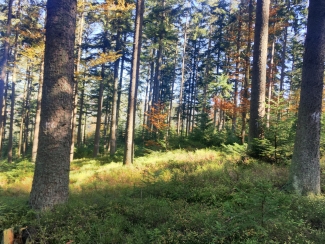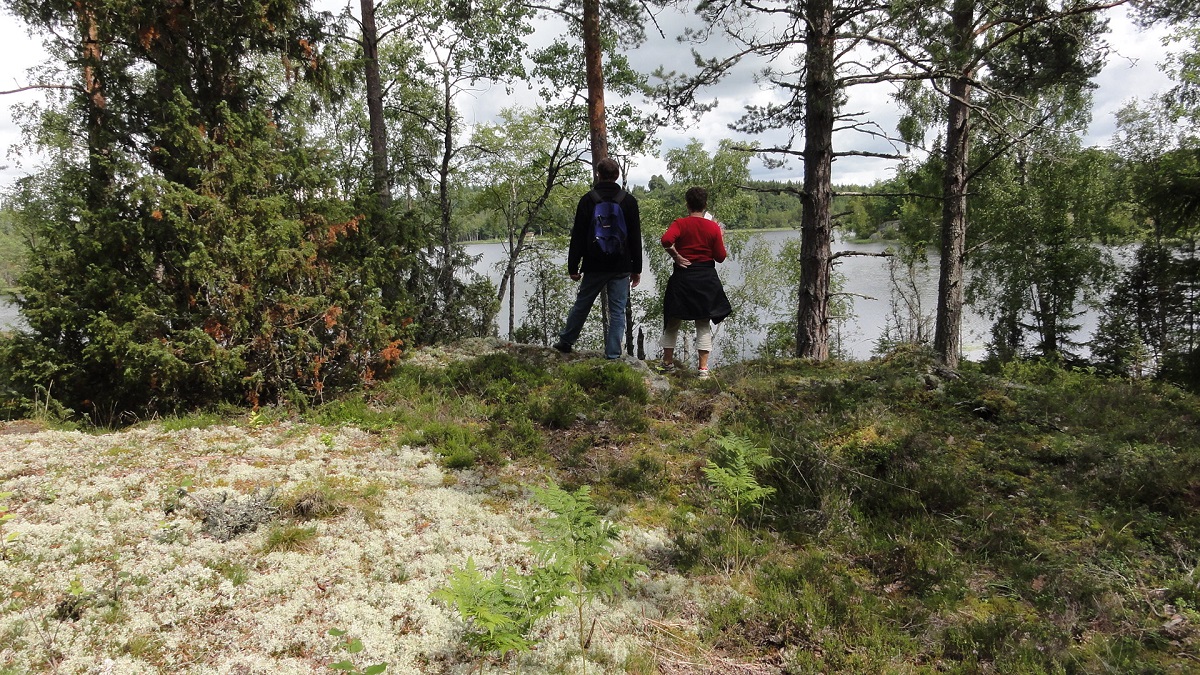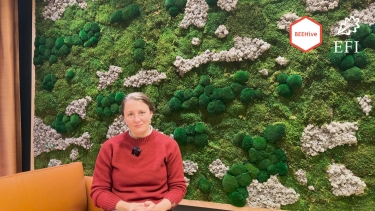Locally adapted concepts promote biodiversity in Europe’s forestry: new anthology published

Almost everywhere in Europe, forest biodiversity has decreased in recent decades. At the same time, the society’s expectations of the forest have increased. Therefore, many forest owners in Europe use the forest today in a way that, in addition to wood production, it also covers other demands of society. The recently published book on How to balance forestry and biodiversity conservation – A view across Europe summarizes the experience gained in balancing forestry and biodiversity protection.
The parallel existence of several forms of use, as in the case of numerous for instance Swiss or German forests, is what experts call “integrated forest management”. This multifunctional management approach requires those responsible for the forest to have a lot of experience and knowledge of ecological correlations.
To collect existing knowledge and experiences, a comprehensive anthology on “How to balance forestry and biodiversity conservation – A view across Europe” (free download here) has recently been published, edited by Frank Krumm and Andreas Riegling (Swiss Federal Institute for Forest, Snow, and Landscape Research/WSL) as well as Andreas Schuck (EFI). The anthology was supported by the Swiss Federal Institute for the Environment (BAFU) and the German Federal Ministry for Food and Agriculture (BMEL). It contains the expertise in integrated forest management of more than 150 forest and nature conservation experts from 20 European countries. The knowledge acquired by different European partner organizations over the past three years provides, for the first time, a Europe-wide overview of how forests are managed in such a way that they simultaneously meet at least two requirements of society. In addition to wood production and biodiversity, drinking water protection, recreation or the protection of settlements and other infrastructures against erosion and natural hazards can also be important management goals.

People looking for relaxation in a mixed pine forest in southern Sweden. Photo: Roland Magnin
The first of the 15 practical examples was presented by Kurt Bollmann (WSL). He reported that the species protection management in the special forest reserve in Amden (Canton St. Gallen) is a convincing example of how one can manage the forest and preserve habitats for the capercaillie at the same time. Uwe Schölmerich (Wald und Holz North Rhine-Westphalia) and Patrick Huvenne (Agency for Nature and Forests, Flanders) found both in the Rhein-Sieg Erft area and in the Sonian forest near Brussels, that forests in urban areas are used intensively by those looking for recreation as well as being managed integratively.
First book on near-natural forest management in Europe
The book summarizes these and other practical examples from Bulgaria, France, Germany, Ireland, Poland, Portugal, Austria, Sweden, the Czech Republic, Slovakia and Slovenia. It is richly illustrated and combines detailed knowledge and experience from forest management and nature conservation in numerous regions of Europe with fundamental knowledge from natural and social sciences, forest history, forest policy, biology and ecology. “In this joint project, we use examples from 20 European countries to show how forests can be managed successfully in which at least two of the demands of society are met with high priority,” says Frank Krumm (WSL), the first author of the work. Conclusion: It takes pragmatic, courageous and regionally rooted management approaches to improve the protection of biodiversity in Europe’s forests. They already exist in many countries, as the book clearly shows.

Mixed coniferous forest near Bern (Switzerland). Photo: Reinhard Lässig / WSL
This text was adapted and translated to English, based on a German version written by Reinhard Lässig (WSL)
Featured image: Marteloscope demonstration site in Czech Republic (photo by Lenka Lehnerová)


